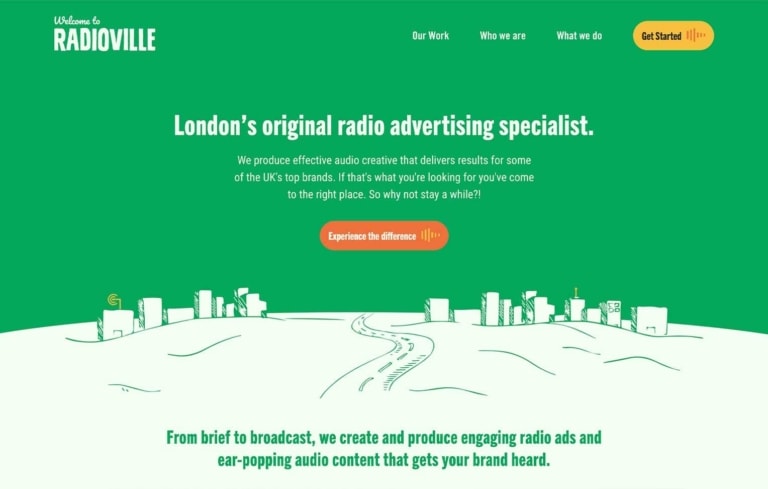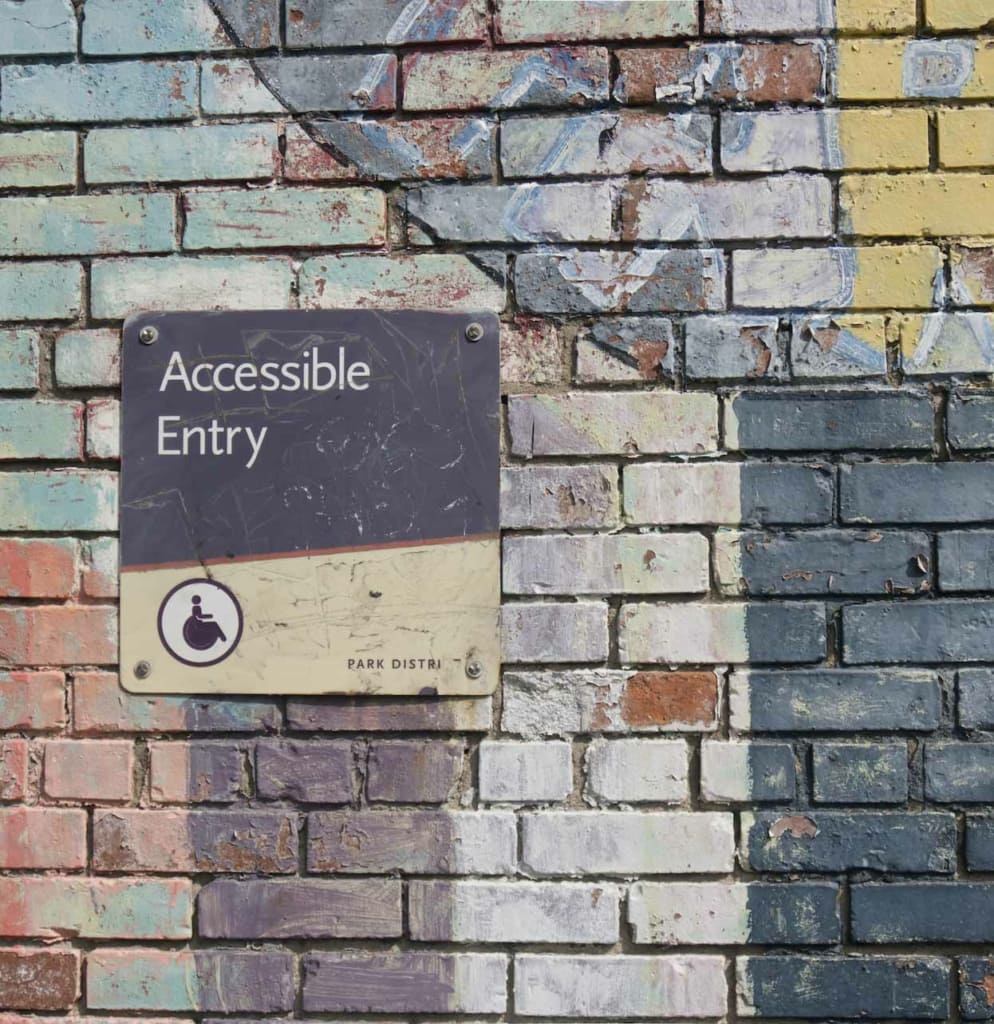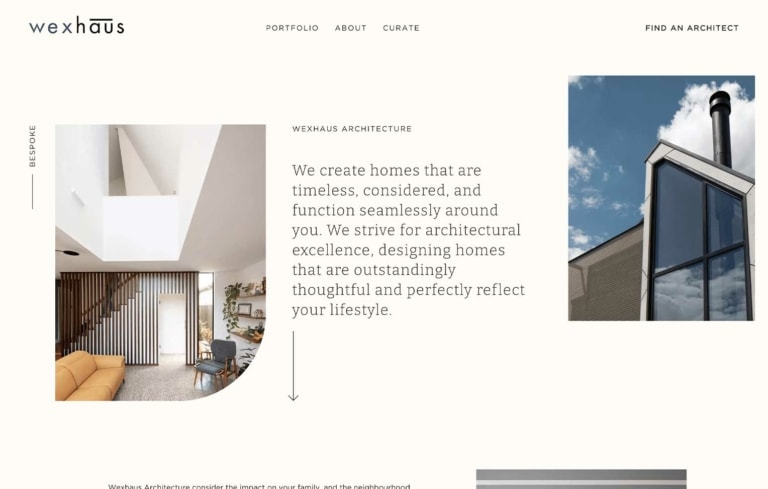Welcome to Radioville, London’s original radio advertising specialist
- Google page speed score
- 100
- WCAG 2.1 Accessible
- AA

Capabilities
Website accessibility means websites are designed and developed so that all people, including those with a disability, can interact with and understand them. Website accessibility is an essential part of making the internet accessible to all.
Website accessibility considers all disabilities that affect a person’s access to the web, including visual, cognitive, and auditory. It also benefits people without disabilities, the elderly, people using devices with small screens, and people with temporary disabilities, such as a broken arm or lost glasses. Accessible web design promotes clean, clear, and intuitive design and content to make it easy to navigate and find the information you need.
Regardless of whether you use a mouse and keyboard, a touch screen, or a screen reader, users should be able to access the same information on any website. For a users who may be blind or have low vision, for example, an accessible website is optimised to read out the text in a logical order, or allows the use of a magnifier. At its core, an accessible website is one where any user, no matter their ability, can access the same information and the same content. This can also include those with autism, dyslexia, or ADHD where a cognitive impairment can create overwhelm or difficulty finding and understanding content.
Accessible web design can improve the overall user experience for all users of any age, regardless of device. Google now includes accessibility as a core metric in Lighthouse, its automated tool for measuring the quality of web pages. Although not currently a direct ranking factor, there has historically been an overlap between accessibility and ranking well in Google search. For that reason, and in addition to providing a great user experience, organisations should be including website accessibility in their website requirements.
Website accessibility is required by law in many situations, but all organisations should be considering how accessible their website and content is for those with disabilities. The W3C Web Accessibility Initiative (WAI) provides a clear set of technical guidelines to deliver accessible websites. Developed through the W3C process, the Web Content Accessibility Guidelines 2.1 (WCAG 2.1) is the current standard, recognised by the international organisation for standardisation. An experienced agency can help guide you through an audit of an existing site, or through the process of designing a new accessible solution for your organisation.
Quite often we come across websites that use third-party tools to implement posthumous accessibility optimisations to existing sites.
At Beleaf we champion accessibility through considered user requirements, conscious design, and accessibility-focused development practices.
We can help organisations deliver accessible websites built with accessibility best practice at the core.



